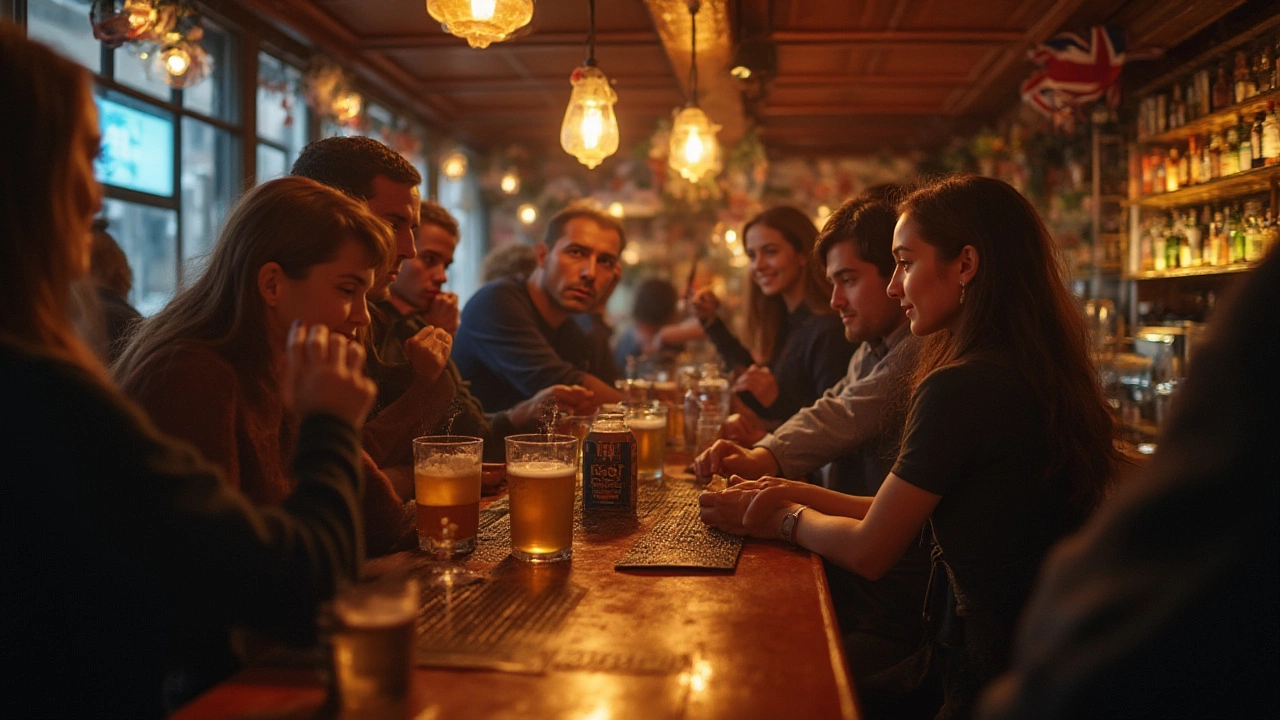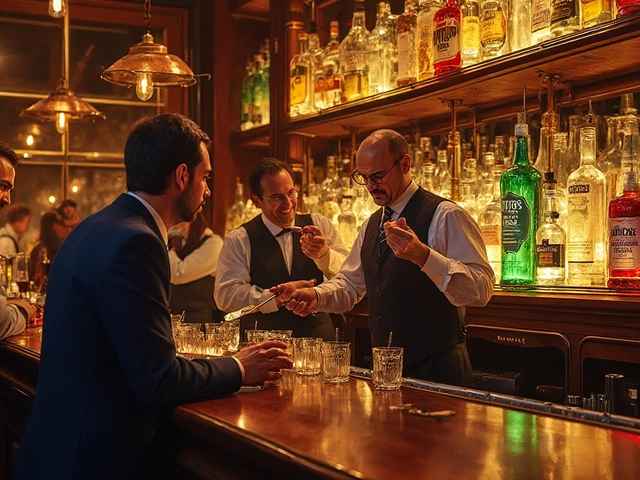Bar Ordering Tips: Order Like a Pro at Any Bar
Walk into a bar and feel the buzz of conversation, clinking glasses, and the faint scent of citrus. The first thing you notice? The bartender behind the gleaming counter, ready to mix, shake, and pour. If you’ve ever fumbled for words or watched a bartender sigh, these tips will change that. You’ll learn how to speak the language of a bar, avoid the most common mistakes, and leave with a drink you actually enjoy.
Know the Basics Before You Order
Start with a quick glance at the menu. Most bars list their classic cocktails, a few house specials, and a selection of wines and beers. If you can name a drink or at least point to a category, the bartender’s job gets easier. When you’re ready, make eye contact and speak clearly. A simple, "I’d like a gin‑and‑tonic, light on the gin," tells the bartender exactly what you want without a long back‑and‑forth.
Never assume the bartender knows your favorite brand unless you say it. If you prefer a specific gin, say, "Use Tanqueray, not the house gin." This avoids the dreaded "wrong gin" complaint and shows you respect their craft. The same goes for whiskey, rum, or vodka – name the brand or give a brief flavor clue, like "a smoky Scotch" or "smooth, low‑calorie vodka."
When you’re ordering a beer, mention the style if you have a preference – "a crisp pilsner" or "a hoppy IPA" – rather than just saying "a beer." It narrows the options and speeds up service. If you’re unsure, ask the bartender for a recommendation based on your taste. Most love sharing their favorite tap.
Smart Choices for Mocktails and Classic Drinks
Mocktails have become a bar staple, but not all are created equal. The easiest mocktails to order are the classics: a Virgin Mojito, a No‑Gin Gin‑Fizz, or a simple Sparkling Citrus. Saying, "Can I get a Virgin Mojito with fresh mint?" gives the bartender a clear recipe to follow. Avoid vague requests like "something non‑alcoholic" – it forces the bartender to guess and could result in a bland drink.
Some orders irritate bartenders because they add extra work without changing the drink’s character. For example, asking for a "light on the vodka, extra ice, no splash of lime, extra lemon wedge, and an extra straw" can be seen as overkill. Keep it simple: "A gin‑and‑tonic, light on the gin, with a lime wedge," is enough.
If you want to impress, learn a few basic cocktail terms. A "dry" martini means less vermouth, while a "wet" one adds more. Asking for a "dry martini, extra olives" shows you know the lingo and helps the bartender get it right the first time. When in doubt, ask for a "standard" version – most bartenders have a default recipe they trust.
Politeness goes a long way. Saying "please" and "thank you" might seem small, but it sets a friendly tone. If the bar is busy, be patient and avoid demanding changes. A bartender juggling multiple orders appreciates a calm, respectful guest more than a rush of last‑minute tweaks.
Finally, remember to tip. A standard tip is 15‑20% of the total, but if the bartender gave extra attention or crafted a custom drink, a higher tip shows appreciation. Good service earns goodwill, and you’ll find the bar staff more willing to accommodate special requests next time.
Putting these tips into practice makes ordering drinks feel effortless. You’ll get the drink you want faster, keep the bartender happy, and enjoy a smoother night out. So next time you step up to the bar, remember: know the menu, be clear, keep it simple, and show some thanks. Your next cocktail or mocktail will taste even better when the whole experience runs smoothly.
Discover the easiest drinks to order at a bar, learn why simplicity rules, and get tips that make you look like a pro on your next night out.
View Details

